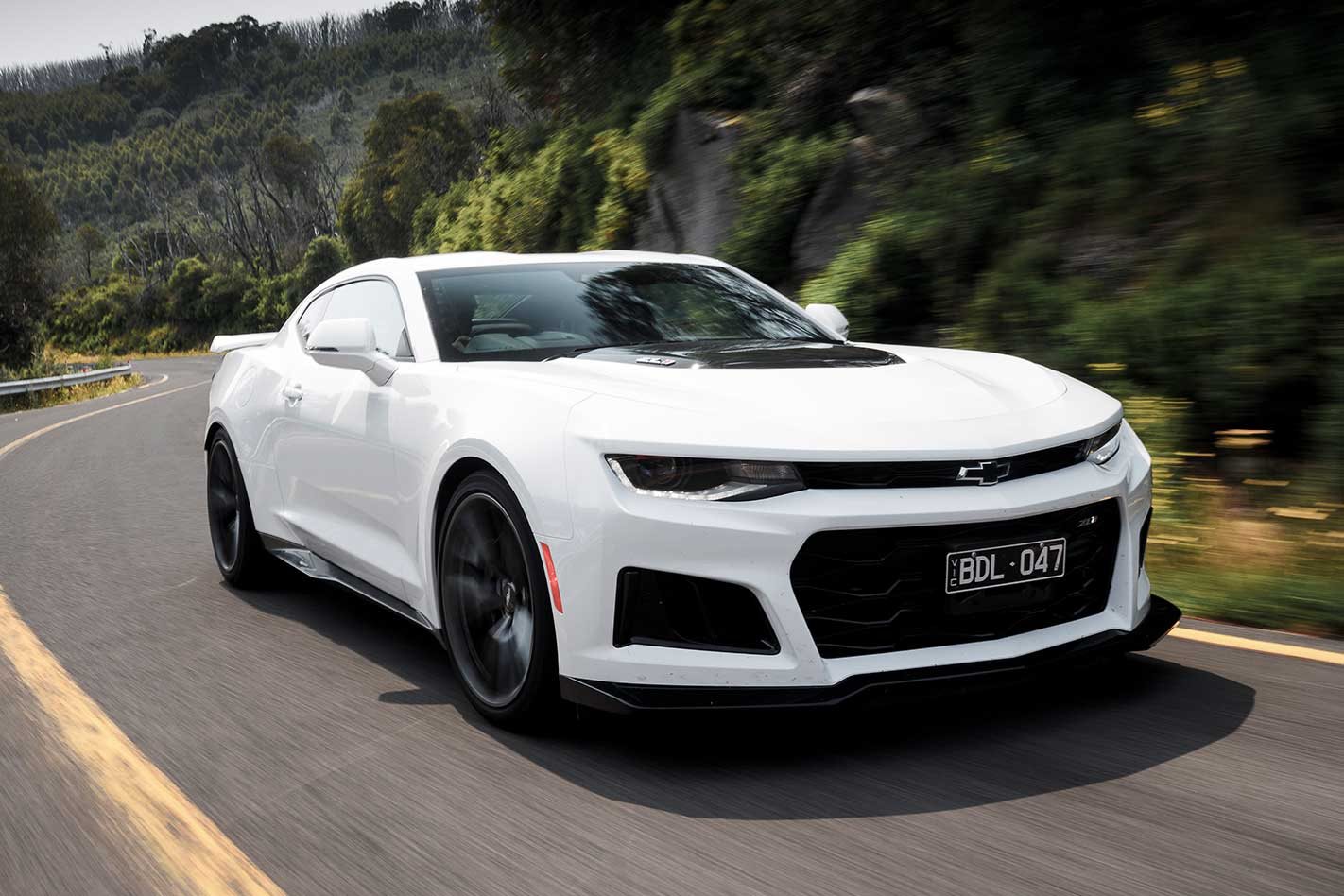Remember the rule that front-drive cars couldn’t handle more than 150kW? It came about as whenever anyone tried, usually Saab, the end result was usually a torque-steering, tyre shredding mess. The rule no longer applies, modern tyres, clever differentials and trick suspension allowing the likes of the Honda Civic Type R and Renault Megane RS to deploy 220kW and more with few dramas.
There’s a similar rule regarding the manual transmission. Conventional wisdom suggests that anything with more than around 300kW is not going to be well suited to a DIY shifter. That level of power usually means there are enough things for the driver to concentrate on – primarily, staying in a straight line – without the distraction of three pedals and a lever to manoeuvre.
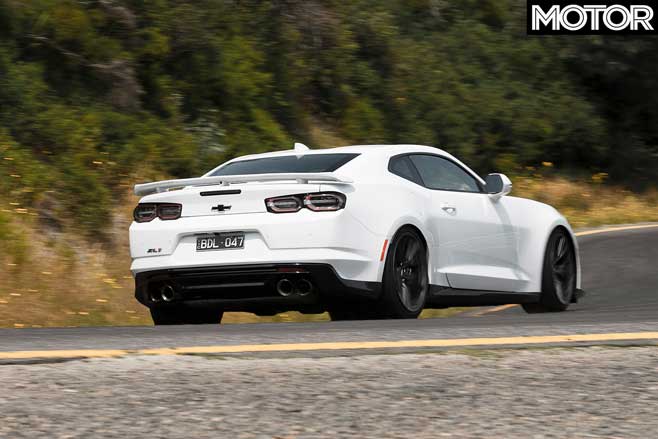
If that is indeed the case, then the Camaro ZL1 is going to be a right handful, as it has not 300kW but 477kW, ably backed by 881Nm from its 6.2-litre supercharged LT4 V8. However, as front-drivers can now handle 50 per cent more power than conventional wisdom suggests, perhaps the same is true of manuals?
The vast majority of the Camaro ZL1 is identical regardless of which gearbox you choose. There is the aforementioned 477kW/881Nm LT4 V8, MagneRide adaptive dampers, massive tyres (285/30 front; 305/30 rear), monster brakes (390mm discs with six-piston calipers front; 365mm discs and four-piston calipers rear) and the weights are within 12kg of one another, the manual being the lighter of the two.
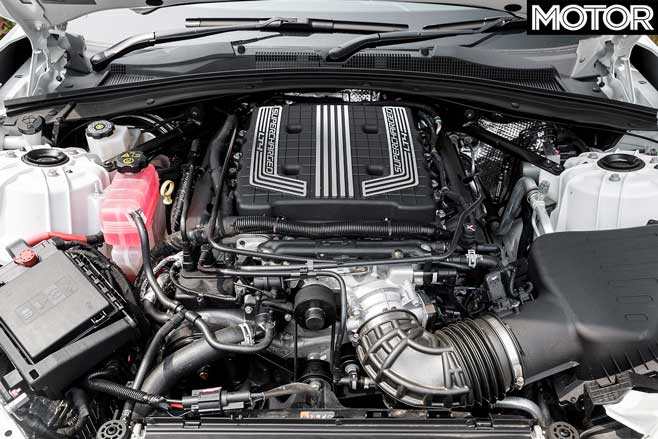
Thus, any differences in the driving experience are purely down to the bunch of cogs nestled underneath your left hand. And there are marked differences in how the two cars drive and perform. The Camaro ZL1’s manual is the venerable Tremec TR6060 HSV has used for years; however, there has been a number of varieties over the years. For instance, the GTS-R W1 used the close-ratio ‘MH3’ version, whereas the ZL1 uses the longer-legged ‘MJK’ iteration.
At its 6500rpm redline, the Camaro hits the following speeds: 100km/h (1st); 144km/h (2nd); 191km/h (3rd); 227km/h (4th); 320km/h (5th). The latter is its claimed top speed, which equates to 4580rpm in sixth. Cruise along at 2500rpm in a manual ZL1 and you’ll be doing 175km/h – best keep a close eye on that speedo.
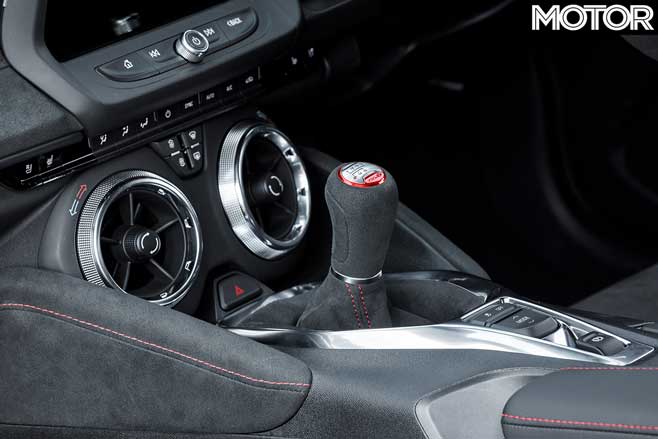
What’s truly impressive is the ZL1 doesn’t feel at all over-geared; it still rips ferociously through each ratio. It’s not as frantic as the 10-speed automatic, but the longer pauses are almost more impressive as your brain has more time to comprehend the sensation of seemingly never-ending acceleration. To give you an idea of the differences between the two variants, consider that at the end of the quarter mile the manual has just scraped into fourth gear, whereas the automatic is already well into sixth.
Tall gearing, gargantuan power and rear-wheel drive is traditionally a recipe for frustration at the drag strip, but the ZL1 is relatively straightforward. The key is to slip the clutch slightly to soften the launch – not easy as drivetrain protection attempts to kill the revs – and get the car rolling before feeding in the throttle as quickly as possible; it’s not the most mechanically sympathetic launch method, but it’s the only real way – any attempt to drop the clutch just bonfires the rear Continentals.

From there it’s a matter of using every available rev in first then changing gear as quickly as possible. The numbers are impressive: 0-100km/h takes 4.25sec and the quarter mile 12.12sec at 196.46km/h.
Apply one-foot rollout as you would at a drag strip and these figures drop to 3.99sec and 11.85sec at 196.51km/h. Brutal. The ZL1 really does have a preposterous amount of power; shift to fifth at 170km/h and it’ll still slam you back in your seat. Overtaking from 80-120km/h takes just 2.1sec. It’s a good shift, too, a step forward over the final locally-built HSVs, if not quite as sweet as in the Camaro SS.
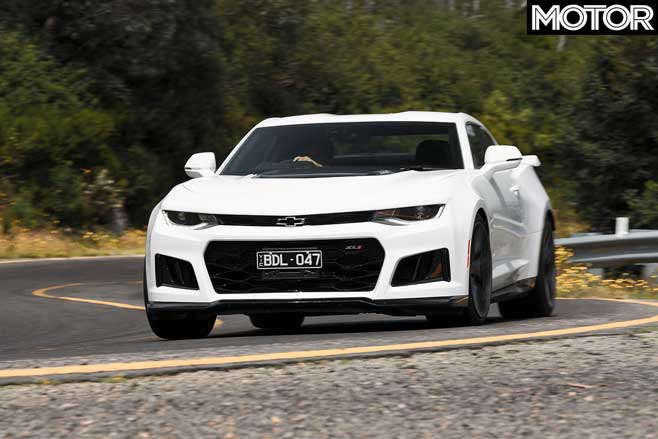
There are issues, though, primarily of the ergonomic variety. HSV doesn’t flip the centre console during the conversion process; in the automatic this is no issue – in fact, the orientation might even be preferable – but in the manual it means that anything placed in the cupholders occupies the real estate your arm requires to change gear. The pedal placement also makes heel-toe downshifts difficult, though Active Rev Match removes the need to do so.
In effect, choosing the appropriate gearbox for your Camaro ZL1 depends on your use case. If it’s a daily driver the automatic is the pick; the manual’s super-tall gearing and ergonomic quirks are annoying. Conversely, if it’s intended for weekend or track use, the manual is the one. Conventional wisdom be damned.
2020 CHEVROLET CAMARO ZL1 SPECS Engine: 6162cc V8, OHV, 16v, supercharger Power: 477kW @ 6400rpm Torque: 881Nm @ 3600rpm Weight: 1795kg 0-100km/h: 4.25sec (tested) Price: $159,900
Likes: Limitless power; involving dynamics; decent shift Dislikes: Insane fuel use; ergonomic issues
Rating: 4.5 out of 5 stars


